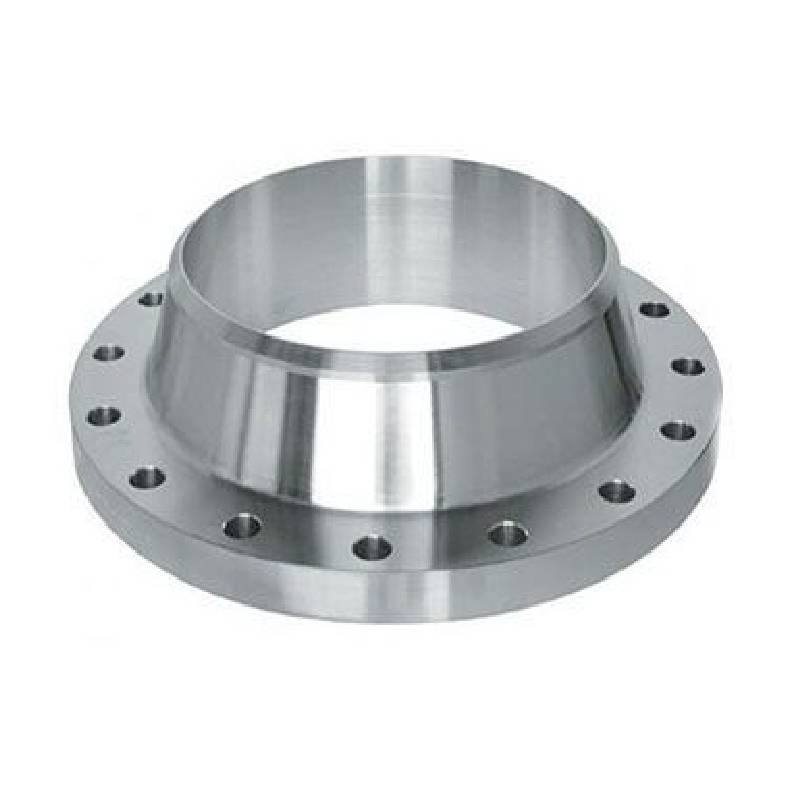-
Cangzhou Yulong Steel Co., Ltd.
-
Phone:
+86 13303177267 -
Email:
admin@ylsteelfittings.com
- English
- Arabic
- Italian
- Spanish
- Portuguese
- German
- kazakh
- Persian
- Greek
- French
- Russian
- Polish
- Thai
- Indonesian
- Vietnamese
- Zulu
- Korean
- Uzbek
- Hindi
- Serbian
- Malay
- Ukrainian
- Gujarati
- Haitian Creole
- hausa
- hawaiian
- Hebrew
- Miao
- Hungarian
- Icelandic
- igbo
- irish
- Japanese
- Javanese
- Kannada
- Khmer
- Rwandese
- Afrikaans
- Albanian
- Amharic
- Armenian
- Azerbaijani
- Basque
- Belarusian
- Bengali
- Bosnian
- Bulgarian
- Catalan
- Cebuano
- China
- China (Taiwan)
- Corsican
- Croatian
- Czech
- Danish
- Esperanto
- Estonian
- Finnish
- Frisian
- Galician
- Georgian
- Kurdish
- Kyrgyz
- Lao
- Latin
- Latvian
- Lithuanian
- Luxembourgish
- Macedonian
- Malgashi
- Malayalam
- Maltese
- Maori
- Marathi
- Mongolian
- Myanmar
- Nepali
- Norwegian
- Norwegian
- Occitan
- Pashto
- Dutch
- Punjabi
- Romanian
- Samoan
- Scottish Gaelic
- Sesotho
- Shona
- Sindhi
- Sinhala
- Slovak
- Slovenian
- Somali
- Sundanese
- Swahili
- Swedish
- Tagalog
- Tajik
- Tamil
- Tatar
- Telugu
- Turkish
- Turkmen
- Urdu
- Uighur
- Welsh
- Bantu
- Yiddish
- Yoruba

Aug . 13, 2024 09:14 Back to list
Exploring the Properties and Applications of Ductile Iron in Modern Engineering Solutions
Ductile Iron A Versatile Material for Modern Applications
Ductile iron, also known as ductile cast iron or spheroidal graphite iron, is a remarkable alloy that has gained significant attention in various industries due to its unique combination of strength, ductility, and wear resistance. Discovered in the 1940s, ductile iron revolutionized the cast iron market and is now widely used in everything from automotive components to heavy machinery and pipelines.
One of the defining features of ductile iron is its microstructure. Unlike traditional gray cast iron, which has a flake graphite structure, ductile iron contains spherical graphite nodules. This transformation in microstructure occurs through the addition of small amounts of elements such as magnesium or cerium during the casting process. The spherical shape of the graphite nodules allows for improved tensile strength and ductility, making ductile iron an excellent choice for applications requiring both toughness and resilience.
The mechanical properties of ductile iron are impressive. It typically exhibits a tensile strength ranging from 60,000 to 120,000 psi, which is superior to that of most steels. Additionally, its elongation percentage often exceeds that of traditional cast iron, allowing it to absorb energy and deform under stress rather than break. This characteristic makes ductile iron particularly suitable for components subjected to high impact or cyclic loading, such as crankshafts, gears, and suspension parts.
In terms of corrosion resistance, ductile iron also holds a significant advantage
. It can be coated or treated to enhance its durability, making it ideal for use in harsh environments, such as sewage and water systems where corrosion can significantly affect the longevity of materials. Moreover, the material's casting process permits the inclusion of additional protective layers, thereby extending its service life further.ductile iron

The versatility of ductile iron extends to its various grades, each tailored to meet specific performance requirements. For instance, ductile iron can be categorized based on its tensile strength, elongation, and hardness, allowing engineers and designers to select the most appropriate grade for their applications. Additionally, the ability to modify its composition makes ductile iron adaptable to meet the changing demands of modern engineering.
In recent years, the demand for ductile iron has surged, particularly in the automotive and construction industries. As manufacturers strive to reduce weight whilst maintaining strength, ductile iron offers a lighter alternative to traditional steel components without compromising performance. In construction, ductile iron pipes have become the preferred choice for water and sewage transportation systems due to their high strength and resistance to external pressures.
Sustainability is also a growing concern within industries today, and ductile iron contributes positively in this regard. The casting process allows for the recycling of scrap metal, making it a more sustainable option compared to many other materials. Additionally, the long service life of ductile iron products reduces the frequency of replacements, further decreasing environmental impact over time.
In conclusion, ductile iron represents a significant advancement in material science with its unique properties, extensive applications, and adaptability. Its growth in popularity across various industries highlights its importance not just as a structural material but also as a solution to modern engineering challenges. As we look towards a future that increasingly values sustainability and efficiency, ductile iron is poised to play a critical role in innovations across many fields. Its ability to blend strength, flexibility, and longevity ensures that ductile iron will remain a staple material for years to come.
Latest news
-
ANSI 150P SS304 SO FLANGE
NewsFeb.14,2025
-
ASTM A333GR6 STEEL PIPE
NewsJan.20,2025
-
ANSI B16.5 WELDING NECK FLANGE
NewsJan.15,2026
-
ANSI B16.5 SLIP-ON FLANGE
NewsApr.19,2024
-
SABS 1123 FLANGE
NewsJan.15,2025
-
DIN86044 PLATE FLANGE
NewsApr.19,2024
-
DIN2527 BLIND FLANGE
NewsApr.12,2024
-
JIS B2311 Butt-Welding Fittings LR/SR 45°/90° /180°Seamless/Weld
NewsApr.23,2024











